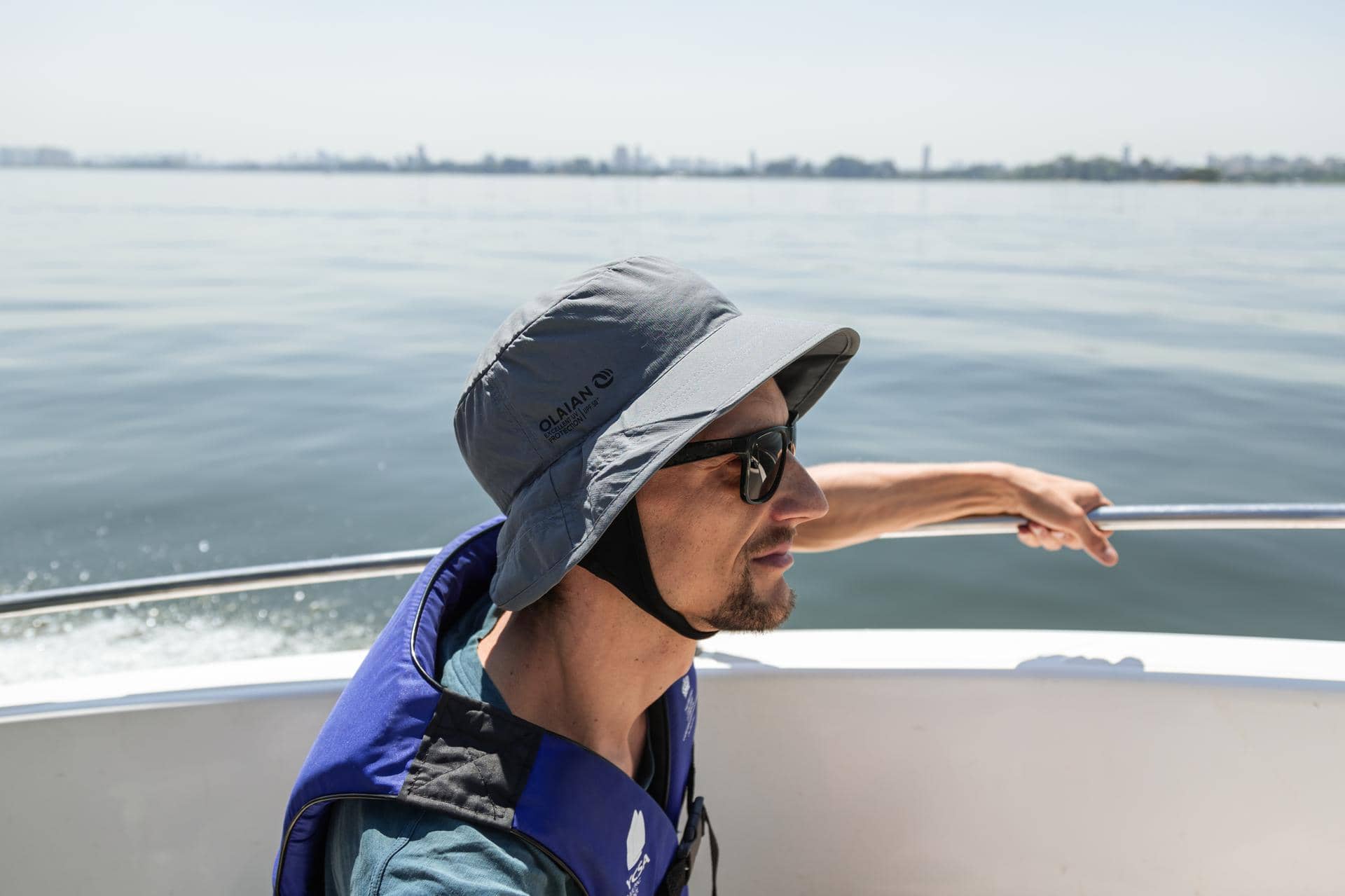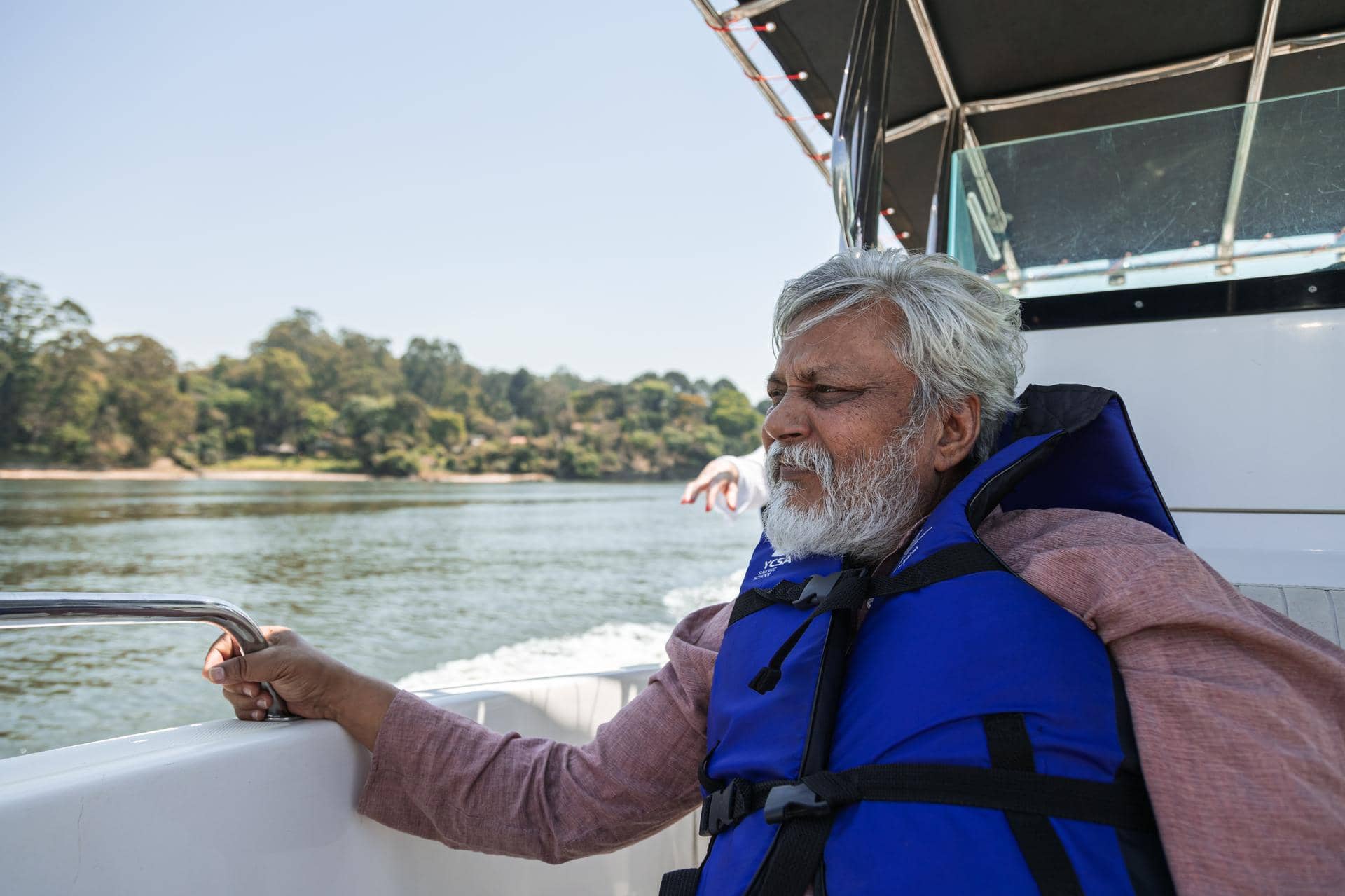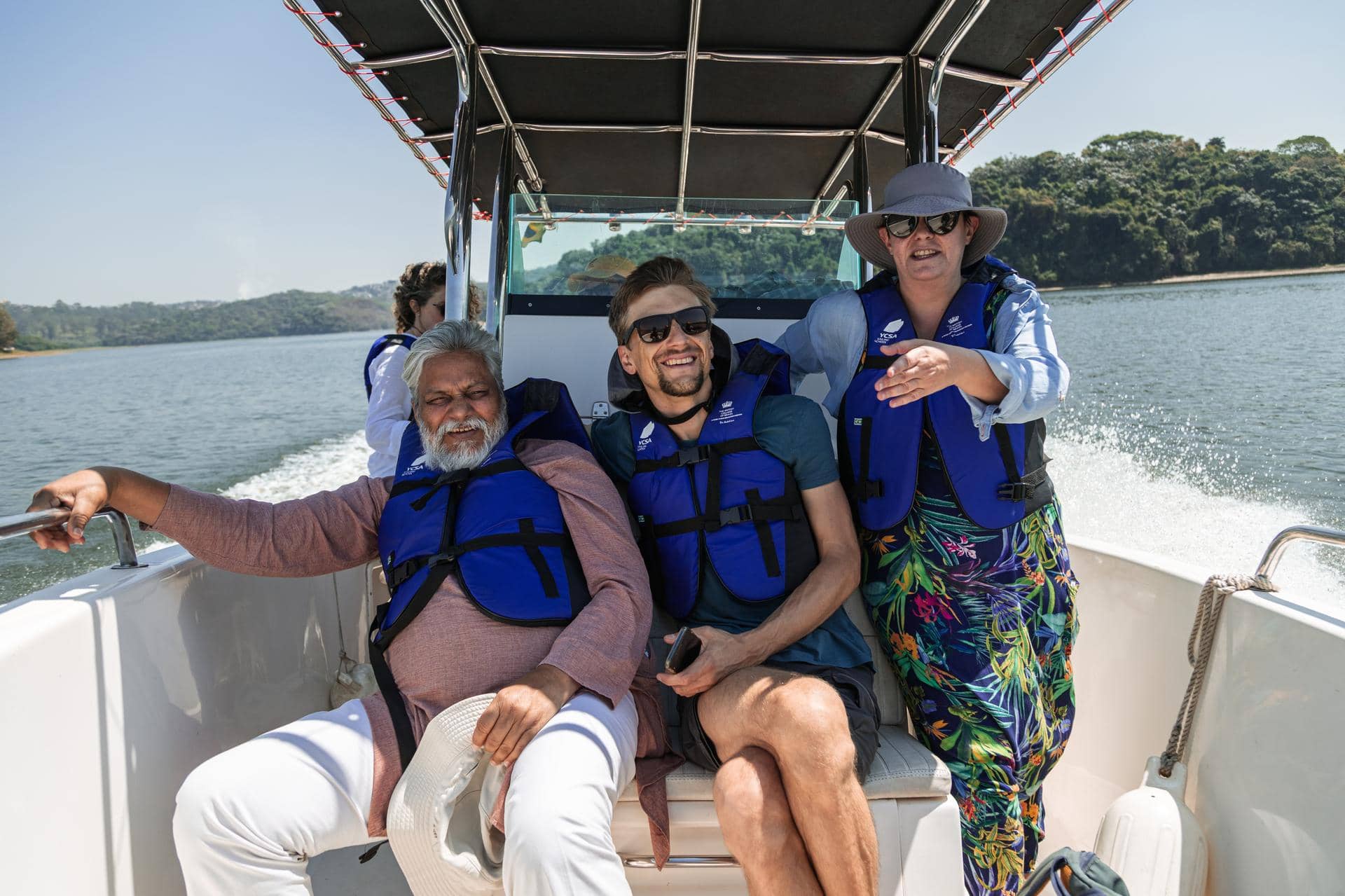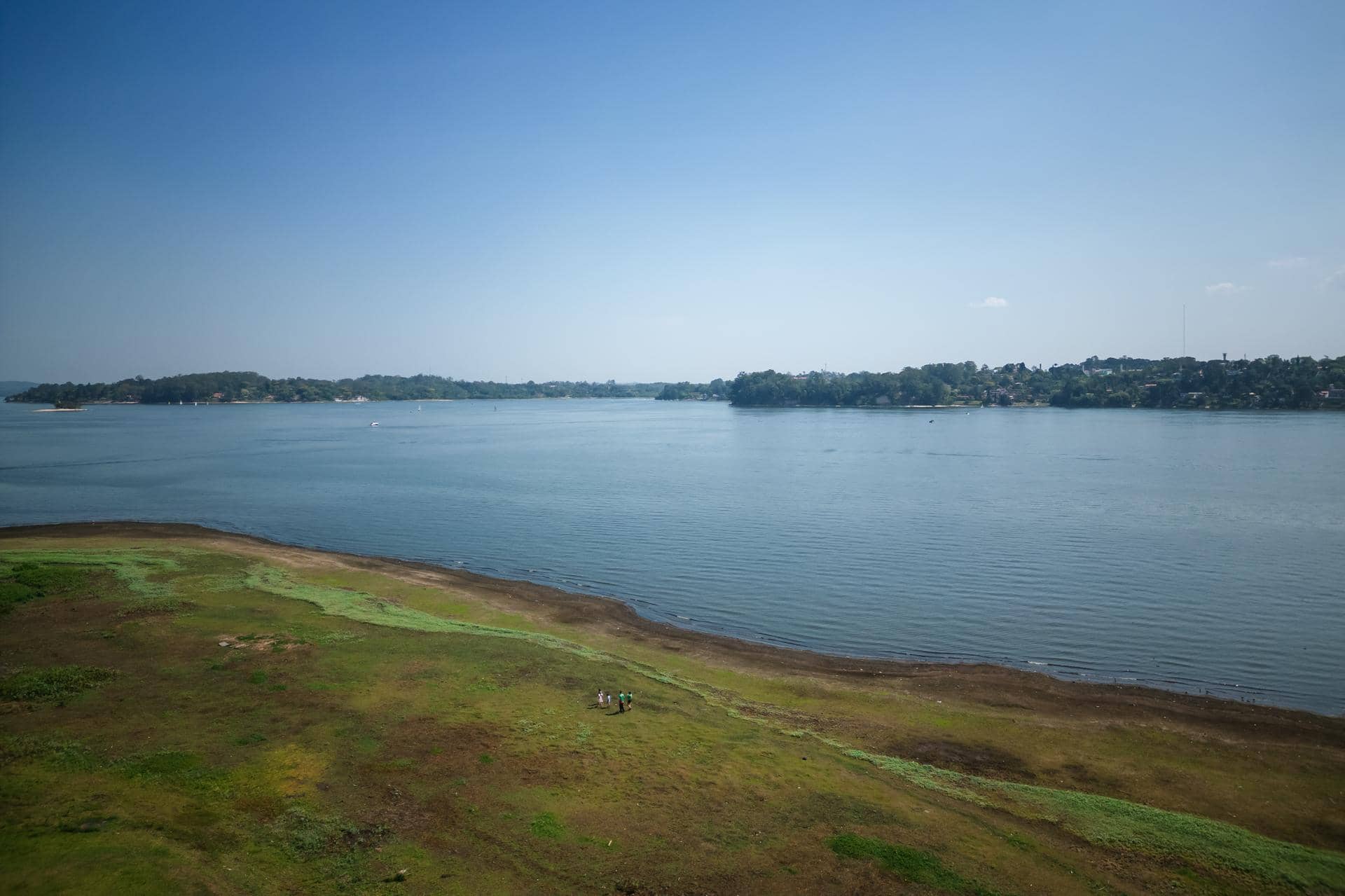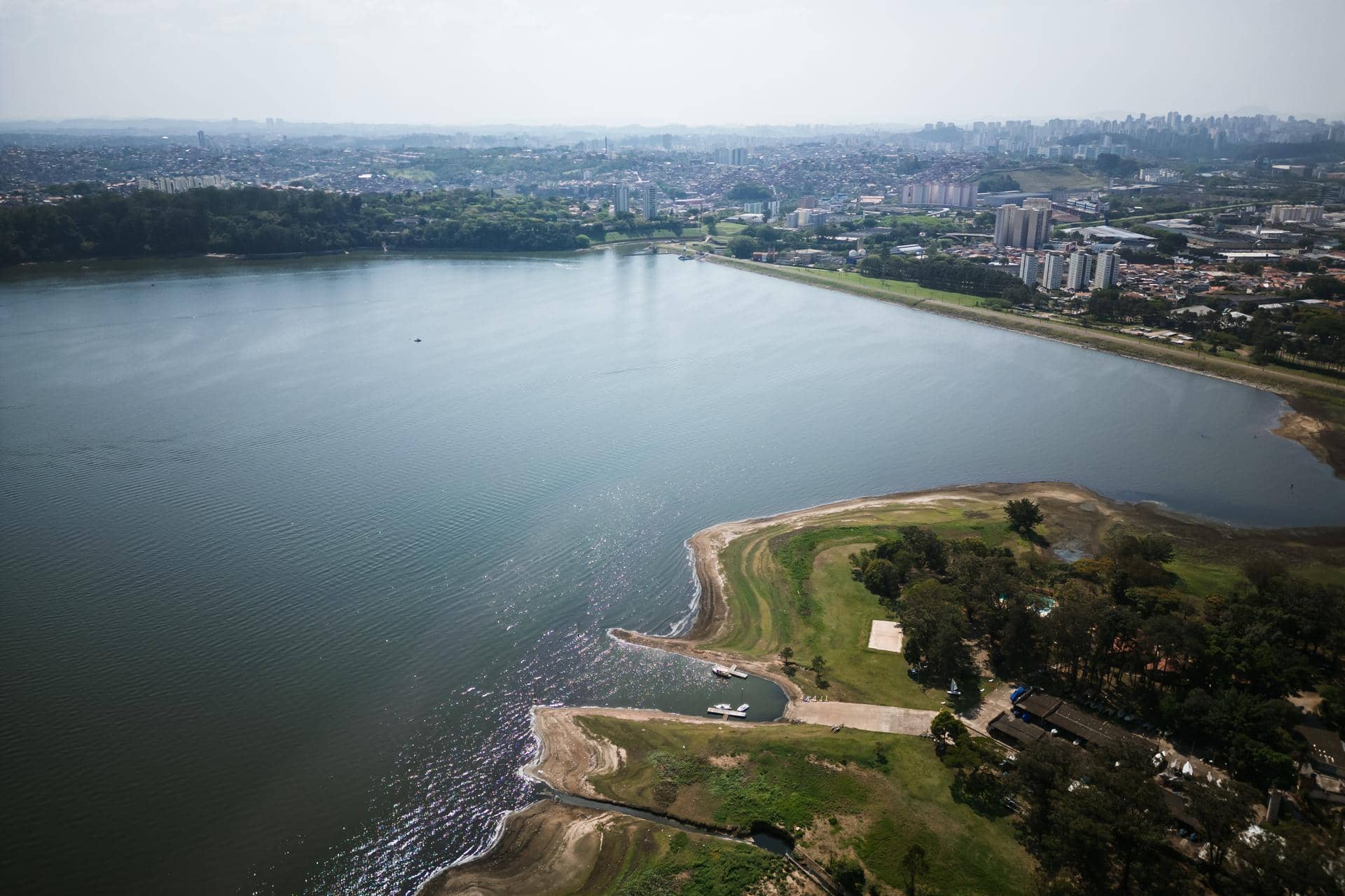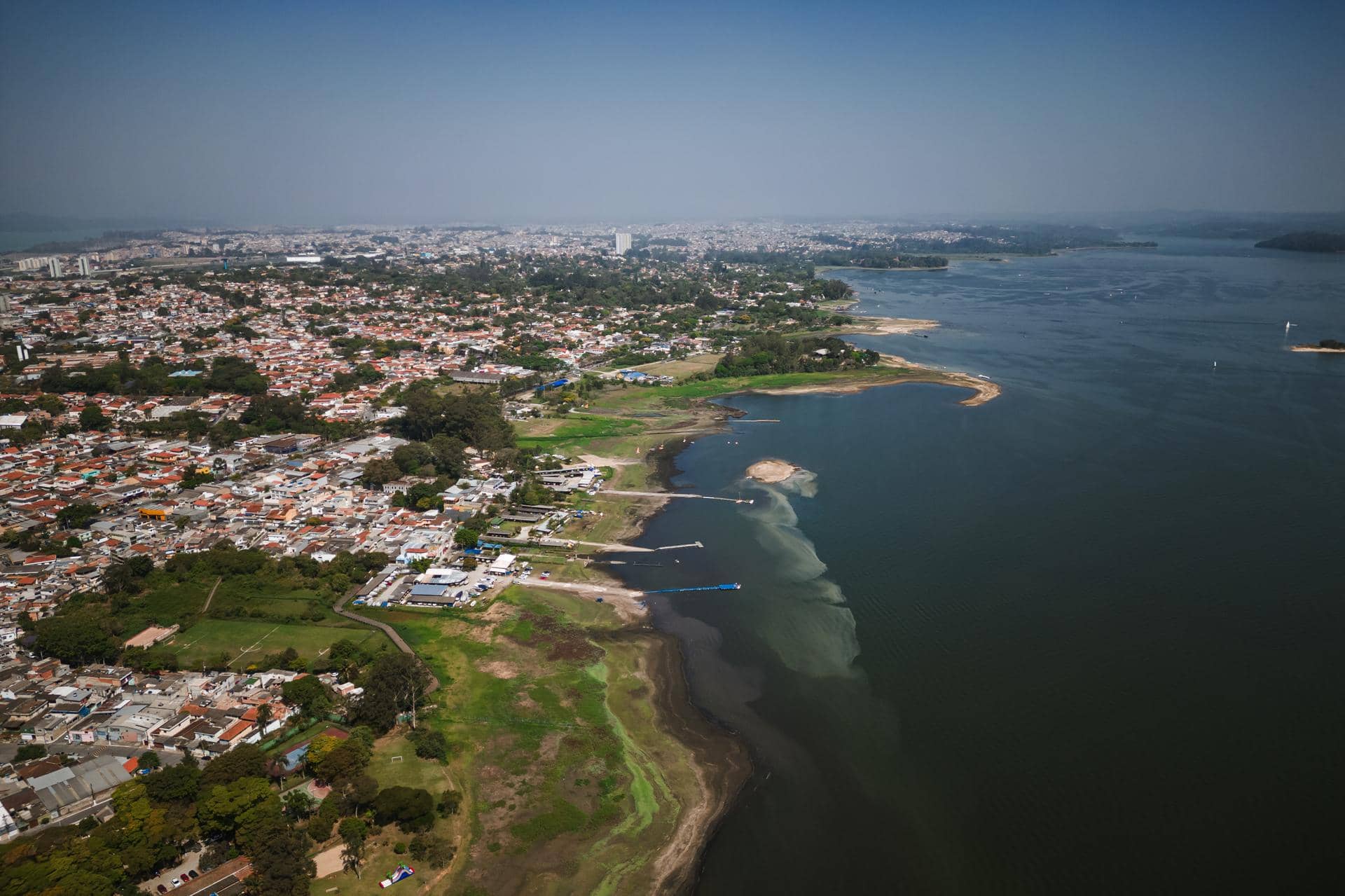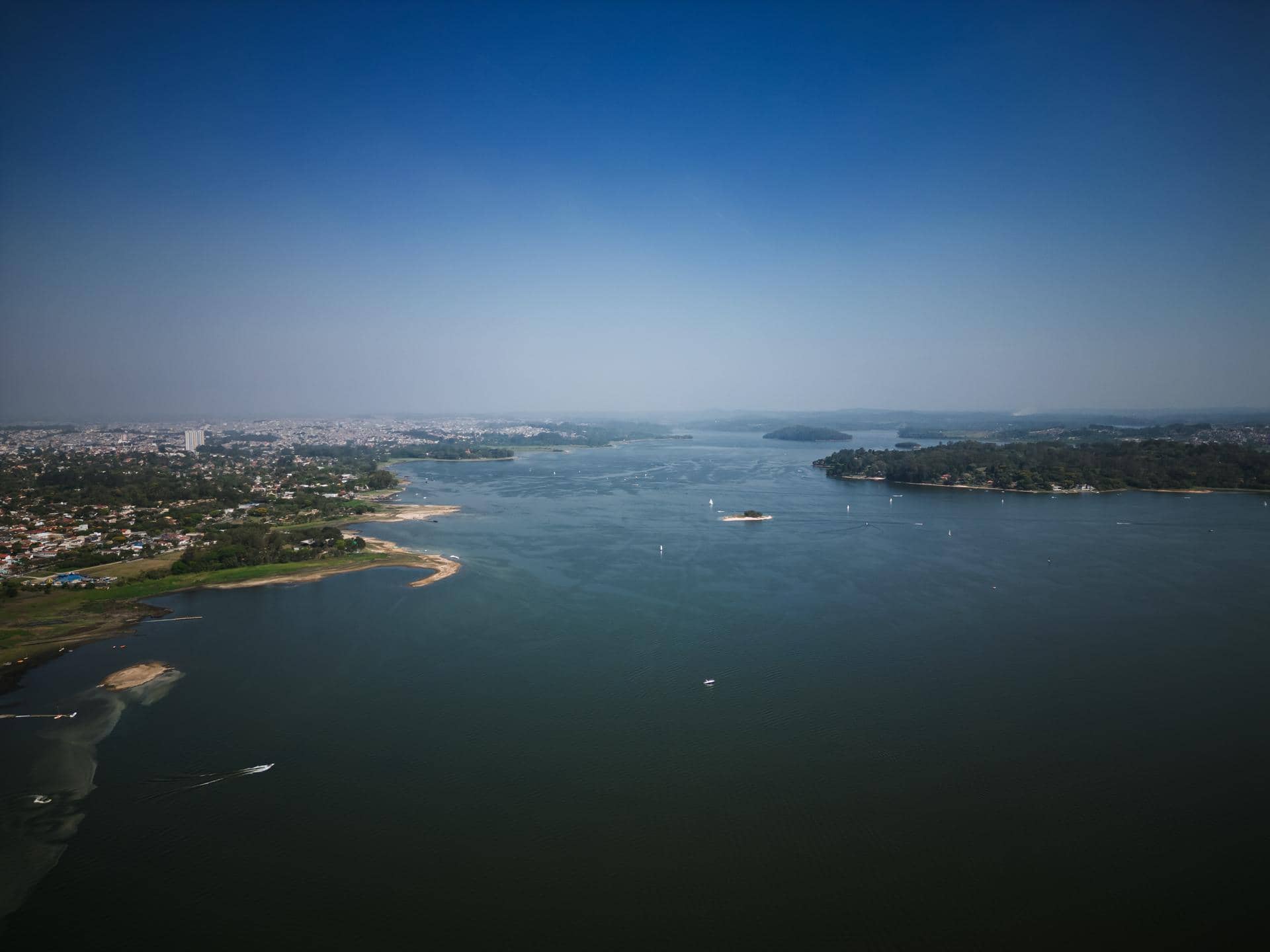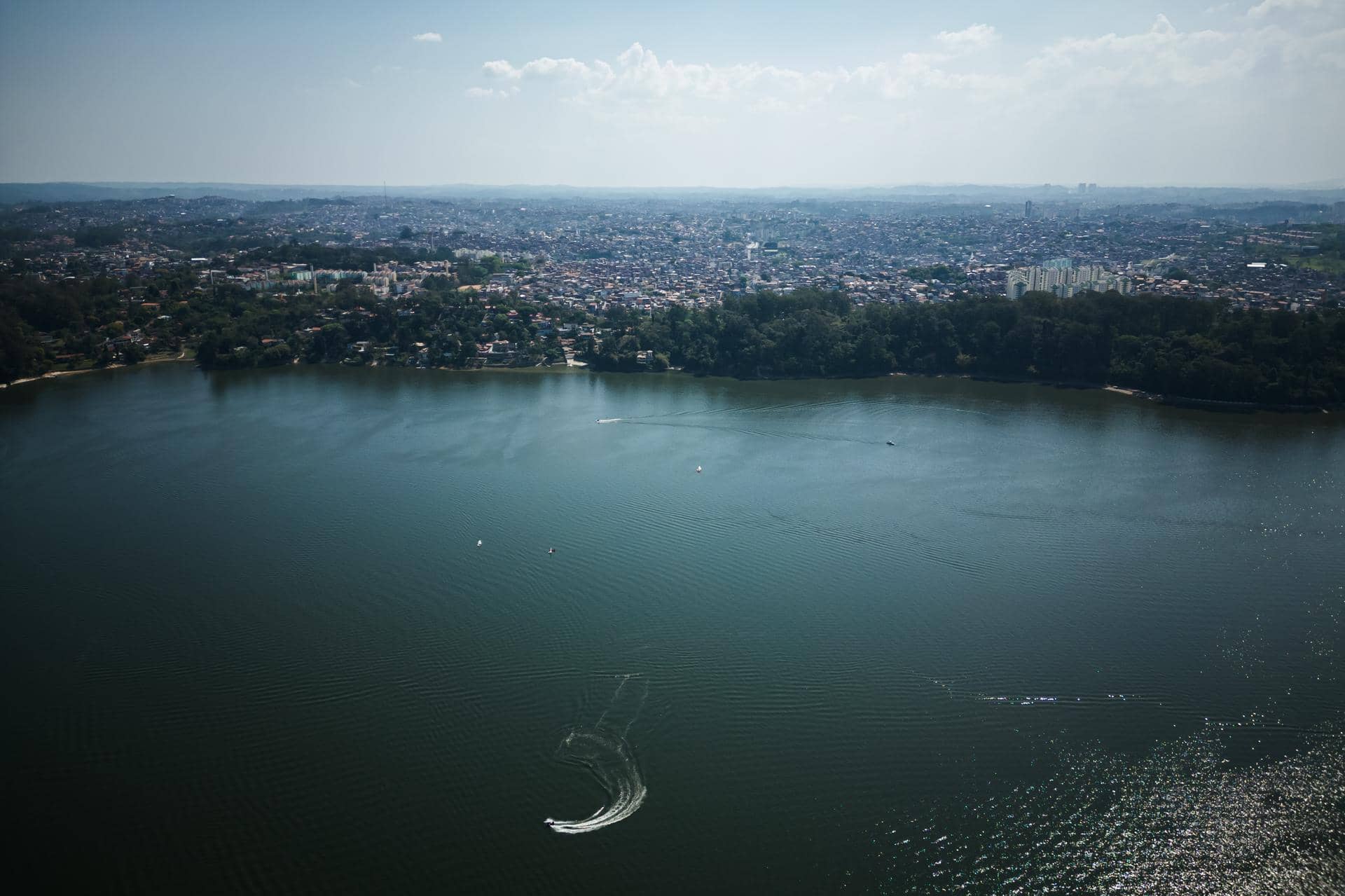Em entrevista ao IAS, “Homem da água da Índia” falou sobre seus projetos de regeneração de rios e as secas e enchentes causadas pela ação humana
27 out 2023
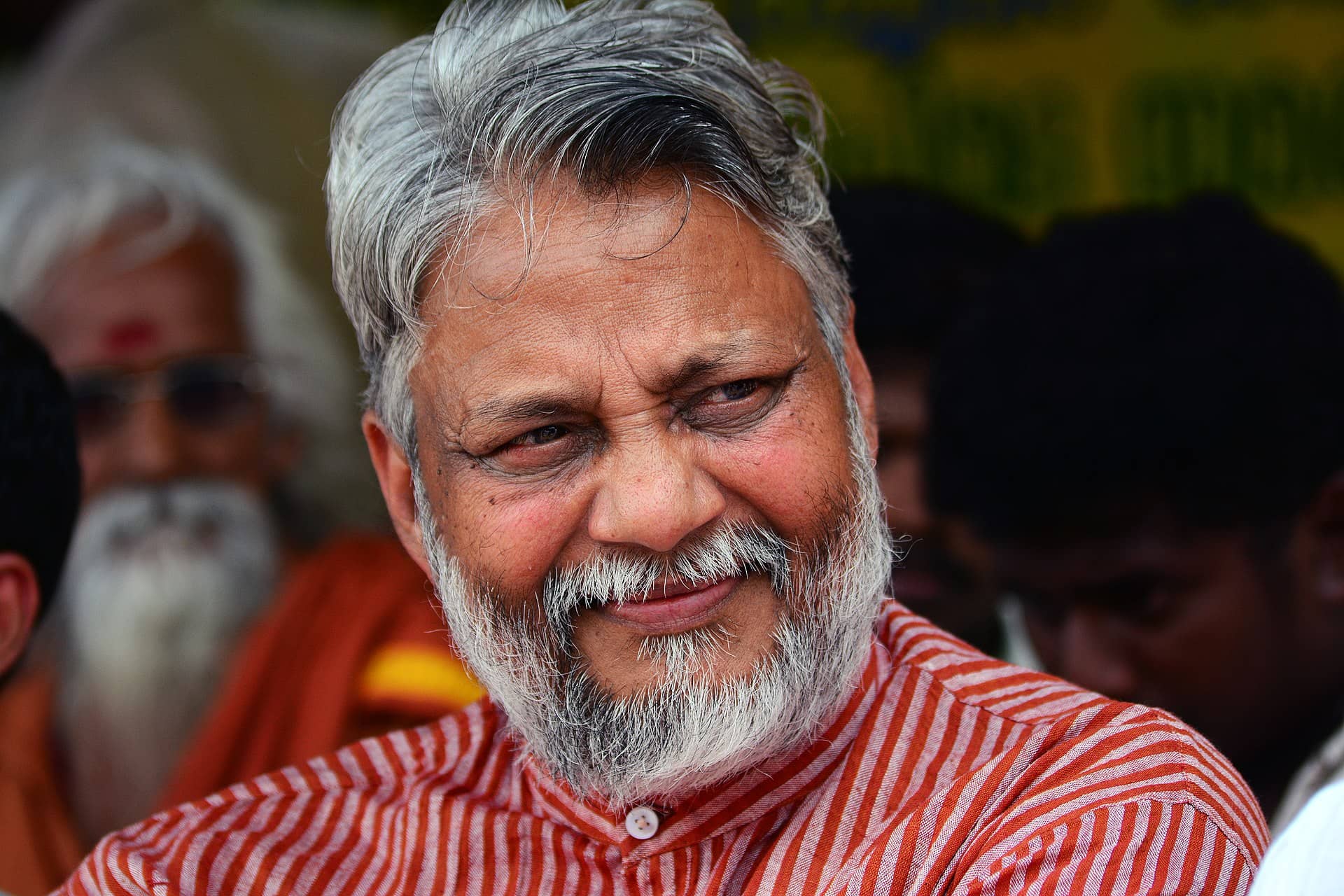
Conhecido como o “homem da água da Índia”, Singh esteve em São Paulo no final de setembro a convite da Virada Sustentável. À frente da ONG Tarun Bharat Sangh, o indiano é responsável por iniciativas que regeneram áreas áridas e semiáridas e rios praticamente mortos.
Segundo Rajendra, a situação da água na Índia é “muito ruim”. “Mais de 62% dos aquíferos subterrâneos estão esgotados”, explicou na entrevista. Muitas das secas e inundações que ocorrem no país “não são naturais”, de acordo com ele, e sim decorrentes do “mau gerenciamento” da água.
Médico de formação, Singh veio participar de uma mesa na Virada com Marina Silva, ministra do Meio Ambiente e Mudança do Clima, em 22 de setembro. A conversa girou principalmente em torno de água e mudanças climáticas. A mediação foi de Marussia Whately, diretora-executiva do IAS (Instituto Água e Saneamento).
“A ciência moderna, a tecnologia e a engenharia apenas mostram maneiras de extrair”, afirmou Rajendra na entrevista ao explicar que se valeu da sabedoria das comunidades em que trabalhou para renovar o ciclo d’água em vilas que sofriam com secas e inundações.
Singh concedeu uma entrevista ao IAS em que falou sobre seus projetos na Índia, a situação da água naquele país, conhecimento ancestral e a relação entre água e mudanças climáticas.
O “homem da água” explicou o processo pelo qual é possível aumentar as chuvas em uma região. Segundo ele, seus projetos foram bem-sucedidos em desviar água de chuva para corpos d’água existentes, potencializando a agricultura e aumentando a cobertura verde. Como consequência, houve um incremento na evaporação d’água, levando à formação de “micro-nuvens”. Estas, por sua vez, atraíram nuvens maiores do oceano, acarretando aumento das chuvas.
Veja a entrevista no vídeo abaixo
Saiba mais sobre a ONG e projetos de Rajendra Singh aqui
Visita à Guarapiranga
No dia seguinte à sua participação na Virada Sustentável, o IAS levou Rajendra Singh e Martin Winiecki (do Projeto Tamera, veja aqui entrevista) para conhecer a Represa do Guarapiranga, o segundo maior manancial de água do município de São Paulo.
Em um passeio de barco, Singh e Winiecki, junto com Marussia, puderam ver os contrastes entre clubes de iate das classes média e alta e ocupações urbanas irregulares nas margens da represa, assim como as precárias tentativas de contenção do esgoto que é lançado na represa (a galeria abaixo traz alguns registros do passeio).
Veja mais
Compartilhar
Tópicos
Newsletter do IAS
Assine para receber notícias sobre água e saneamento e comunicados do IAS
Notícias Relacionadas
iniciativas
Conheça as iniciativas do IAS que buscam
inspirar mudanças no setor de saneamento
Municípios e Saneamento
Acesse os dados mais recentes sobre o saneamento nos municípios brasileiros.
Dia Mundial do Banheiro
Anualmente promovemos ações para conscientizar sobre a importância do acesso a banheiros e higiene adequados.
Fórum Água e Saneamento
É um espaço permanente de diálogo e troca de ideias entre diversos atores da sociedade que de alguma forma se relacionam com o setor de saneamento e seus temas transversais.
